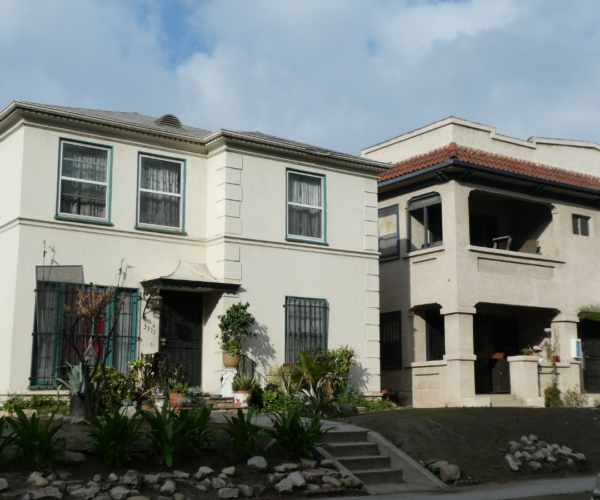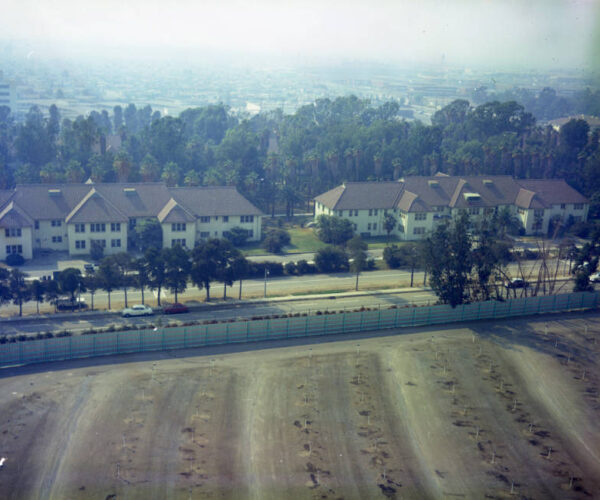
Lost
Assembly Bill 130 & Senate Bill 131
Lost
These two budget trailer bills create broad California Environmental Quality Act (CEQA) reforms, threatening historic places as a result.
Overview
Faced with the the challenging task passing a budget in June 2025, Governor Newsom used his veto leverage to force the legislature to pass two budget trailer bills supporting his policy goals in exchange for requested funding. These two bills share the main goal of housing and infrastructure production statewide by streamlining and updating California Environmental Quality Act (CEQA) processes to expedite housing production. The bills in combination will reduce the effectiveness or eliminate of CEQA as a preservation tool statewide.
About This Issue
Assembly Bill 130 creates a CEQA exemption for most infill housing statewide, but does exclude projects that would demolish already designated historic structures. 100% affordable structures utilizing the AB-130 exemption would need to pay prevailing wage, and any project over 85′ tall would require a skilled and trained workforce. Because of these labor provisions, the projects receiving the greatest benefits would be the mid-rise, mostly market rate housing developments. Eligible historic properties, including those identified by SurveyLA, would be increasingly under threat.
Senate Bill 131 has narrower, but potentially more troubling aspects. It exempts rezonings in an approved Housing element from having to go through CEQA, which can lead to broad rezonings without adequate study. It also creates a “near miss” streamlined CEQA process for projects that only have one identified impact per CEQA, and removes the requirement that alternatives be considered in these instances.
Our Position
Combined AB 130 and SB 130 weaken the ability for preservation advocates and stakeholders to use CEQA to protect historic resources. It provides an impetus to formally designate eligible historic resources to provide them the demolition protections afforded by AB 130. In instances of “narrow misses” where there would be no impacts other than an impact to a historic resource, the need to study alternatives would no longer be required. It is currently unclear how cities will adapt to this change.


